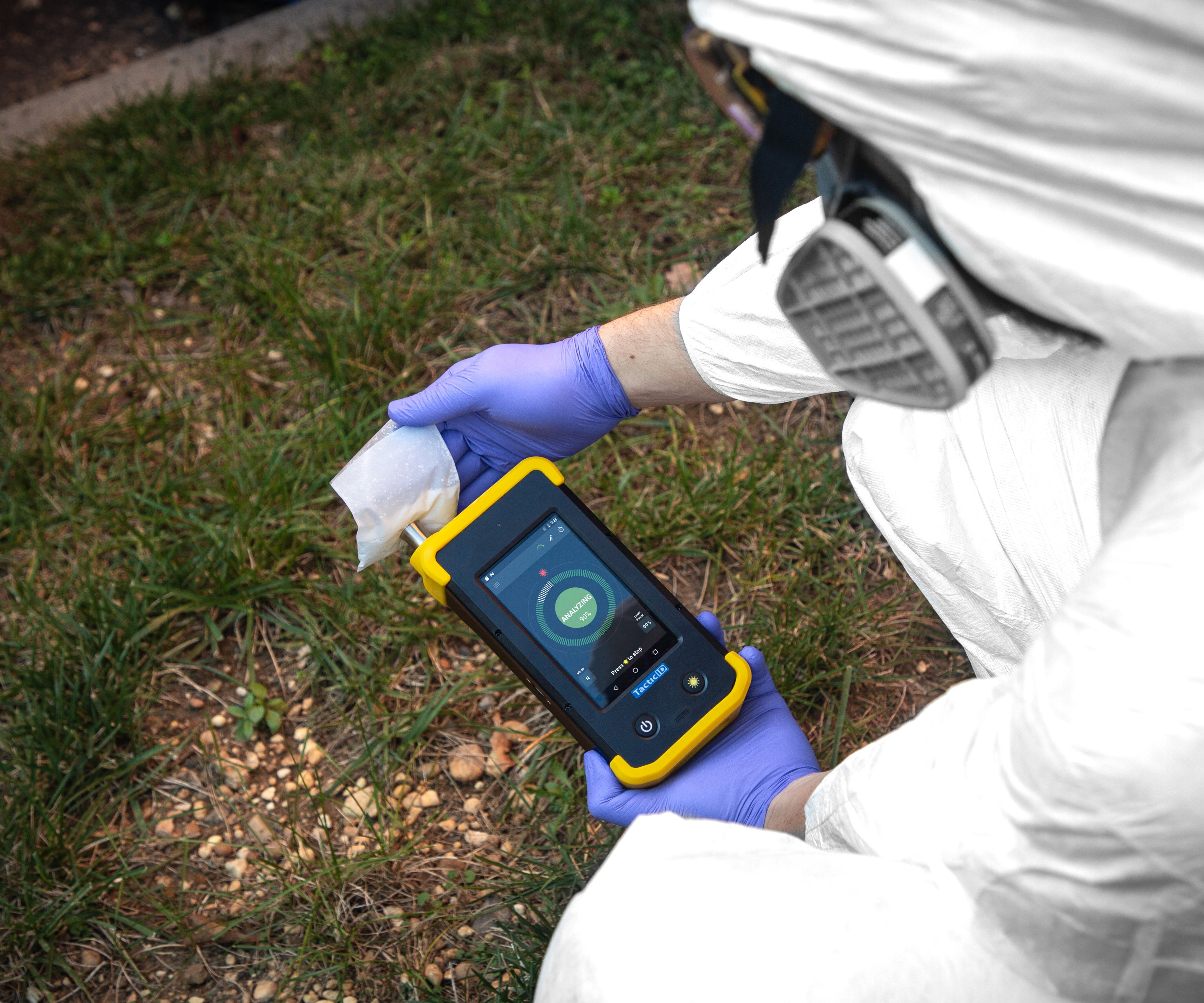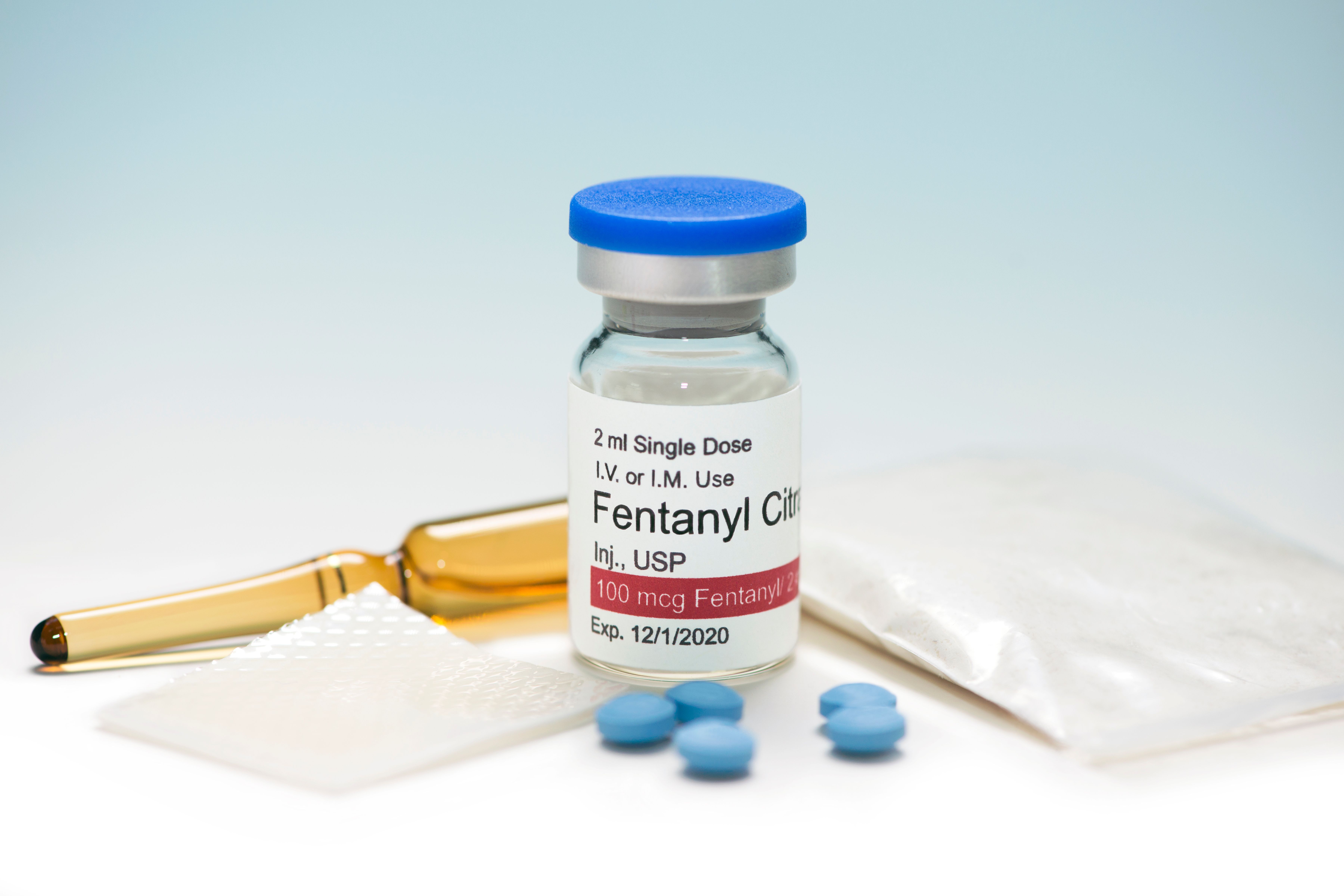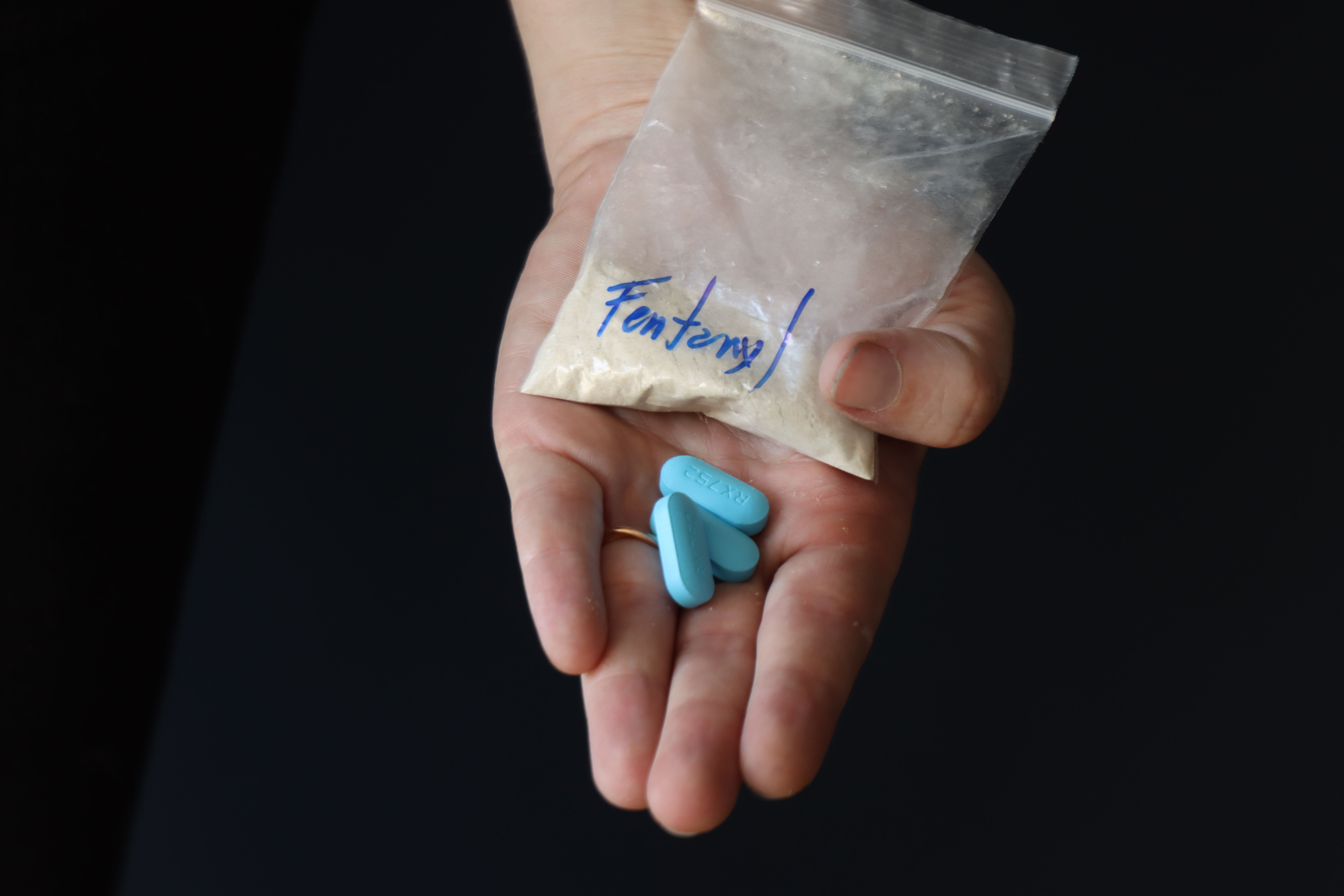Handheld Raman to Fight Fentanyl—A Crucial New Use for an Established Tool
Metrohm has launched a website that details the use of portable Raman spectroscopy instrumentation to detect fentanyl, and other manufacturers are joining the battle too.
Lethal in even the smallest amounts, fentanyl is killing those who either seek it out for a better high, or either knowingly or unknowingly obtain less potent drugs laced with it.
The issue might not immediately seem applicable to spectroscopic techniques, but portable and handheld Raman devices are finding their place assisting law enforcement in finding where fentanyl is, and how it's being distributed.
Late in 2023, Metrohm introduced a website, idfentanyl.com, that details its advancement of handheld Raman for fentanyl detection (1).
Spectroscopy recently interviewed Michael Allen, vice president of products & marketing for Metrohm Spectro, which manufactures handheld and laboratory products under the B&W Tek and Metrohm Raman brands, about the company's website dedicated to this purpose, the crisis in general, and the mechanisms of the instrumentation involved.
Image Credit: © Metrohm

Q: For how long has Metrohm had its eye on the fentanyl crisis and when did discussions begin about ways the company could help address the problem?
A: Metrohm has been working with law enforcement agencies in various capacities since the release of its first handheld spectrometers in 2012. Typically, these efforts focused on the identification of narcotics found in traffic stops, border crossings, or from new inmates trying to bring narcotics into jail or prisons.
With the recent rise in fentanyl-related overdose cases, the detection and identification of fentanyl has become an intense area of focus. We started primarily looking at bulk fentanyl samples, which were being smuggled into the country and cut into smaller quantities for sale. While Raman can identify fentanyl, street samples often contain very low amounts of fentanyl and are commonly cut with other materials. While still deadly, the lower concentrations forced us to use a unique enhancement technique called surface-enhanced Raman spectroscopy (SERS). SERS uses a particular nanomaterial to amplify the Raman signal, allowing fentanyl to be detected even if there is only a trace amount of it to detect.
Metrohm acquired a company that specializes in SERS in 2017. Our SERS methods were first developed for measuring low quantities of illicit drugs like heroin, cocaine, and methamphetamine. We are leveraging the knowledge that we have gained over the years to tackle this fresh challenge.
We value the feedback from law enforcement, medical first responders, and military institutions, and partner with them to understand their challenges and potential solutions. Fentanyl detection tops the growing list of narcotics that we are requested to measure. New methods are crucial because criminals look for new ways to get an easy “high” while also doing everything they can to escape prosecution.
Q: Raman spectroscopy is the technique that you are touting to aid in this fight, and handheld Raman seems to be a particularly useful tool. When evaluating a practical application such as this, how much trial-and-error goes into determining what approach is best?
A: I’ve never considered research in drug detection to be trial-and-error, but I guess, in reality, it is. We know the techniques that help us detect fentanyl at very low concentrations. However, the most valuable part of our work is making our product fit the customers' workflow.
For first responders, speed is essential for narcotics detection. They do not have the leisure of waiting for a lab to confirm a drug, and while the arresting officer sits with a criminal, a situation may escalate. This is why we focus on making detection easy and answers as accurate as possible.
Most of our development is not only around the chemistry or physics of the measurement, but also includes the practical tools that make measurement more straightforward and accurate.
Forms of Fentanyl Citrate | Image Credit: © Sherry Young - stock.adobe.com

Q: Fentanyl is known to be deadly even in ultra-trace amounts. Can you specify some of the advantages of your method of detection both in and out of the lab?
A: SERS detection can identify fentanyl at levels much lower than a lethal dosage. One advantage of SERS is that we can capture a suspected powder, dilute it with buffer and then measure it on a SERS test strip. Much like a diabetic test strip, we can confine the sample and increase the safety of the measurement. This method brings the most benefit outside the laboratory—the most dangerous conditions for first responders.
Inside the laboratory, SERS can quickly decrease the backlog of samples in a narcotics lab by serving as an indicative test. Much like the rapid strep test, Raman can help identify fentanyl and other narcotics quickly.
Most drug samples must be measured on very expensive instruments using primary test methods to meet prosecution requirements. In comparison, a Raman spectrum is fast and inexpensive to obtain and can be used as a presumptive test to help decide if the expensive test method is necessary. Using Raman to screen samples (many of which are not actually narcotics) could significantly decrease the backlog of samples.
Q: What has your dialogue been like with law enforcement agencies in trying to make this a standard component of crime scene investigations? The technology would seem to go hand in hand (literally).
A: There is a critical distinction between a crime scene or forensic investigation and the events leading to the detention and arrest of someone suspected of possessing narcotics. Raman works very well for narcotic identification but still struggles to displace the “break tests” (quick physical manipulation field test) that are the standard in most jurisdictions. Many law enforcement agencies have implemented handheld Raman, but most still rely on the break test for identification.
Fentanyl might shift that paradigm, as identification of fentanyl in street samples requires 5–7 break tests to be completed. This becomes expensive and time-consuming. Furthermore, identification of fentanyl at very low concentrations by break tests is not always possible, and the cost of false positives and negatives is very high, given the level of toxicity of fentanyl.
Overall, Raman excels at narcotic identification at the crime scene; however, it can also support a forensic investigation after an arrest has been made and as a preliminary test in the lab.
Woman holding a pack with fentanyl powder and pills to illustrate the drug addiction | Image Credit: © Jeniffer - stock.adobe.com

Q: By launching this dedicated website, how do you hope to increase visibility both of your technology and research efforts, and the very relevant problem of fentanyl prevalence and exposure overall?
A: The site is dual-purpose: to let everyone know that people are working on new tools and methods to help them in the fight against fentanyl, and to demonstrate what is possible with handheld Raman devices. We want civilians, law enforcement, first responders, and our medical community to know about the Raman tools that can identify fentanyl at trace levels and see them in action. We provide media clips of Raman products as a reference and a practical user viewpoint.
We hope the site will invite new collaborations in the fight against fentanyl abuse. We already have a steady stream of responses suggesting new potential detection capabilities and new areas to put Raman into practical use, for example, using Raman to screen substances entering jails—keeping narcotics out of the hands of inmates.
Metrohm is not the only manufacturer promoting tools tailored to combat fentanyl. A few months ago, Rigaku did the same, announcing a narcotics identification grant assistance program (2). Please check back with Spectroscopy in the months to come as we continue to follow this evolving crisis and the response to it.
References
(1) Solutions – ID Fentanyl. https://idfentanyl.com/ (accessed 2024-04-18).
(2) Rigaku Announces Grant Assistance Program to Help Support Illicit Narcotics Interdiction. Rigaku, February 1, 2024. https://world.einnews.com/pr_news/685398999/rigaku-announces-grant-assistance-program-to-help-support-illicit-narcotics-interdiction (accessed 2024-04-18 from EIN Presswire).
Nanometer-Scale Studies Using Tip Enhanced Raman Spectroscopy
February 8th 2013Volker Deckert, the winner of the 2013 Charles Mann Award, is advancing the use of tip enhanced Raman spectroscopy (TERS) to push the lateral resolution of vibrational spectroscopy well below the Abbe limit, to achieve single-molecule sensitivity. Because the tip can be moved with sub-nanometer precision, structural information with unmatched spatial resolution can be achieved without the need of specific labels.